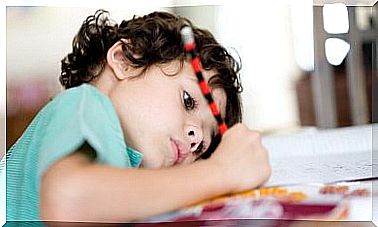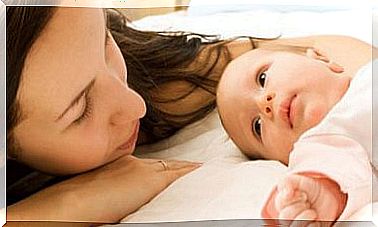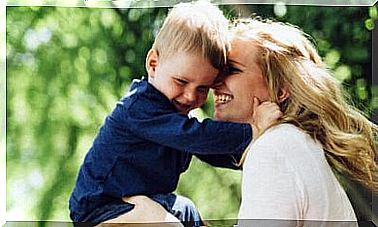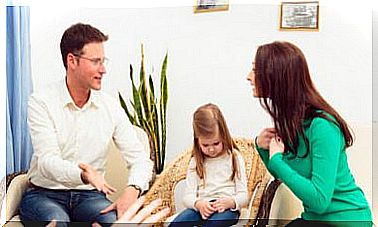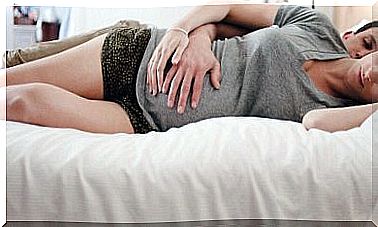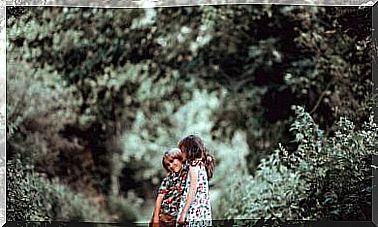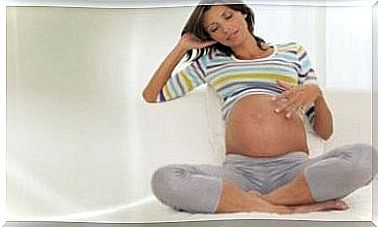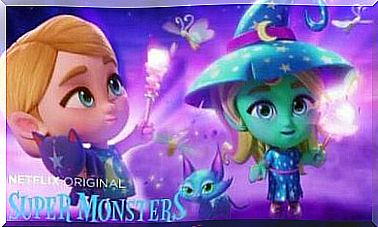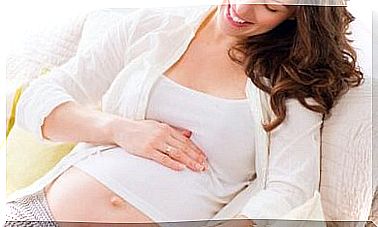Tips For Sterilizing Baby Bottles
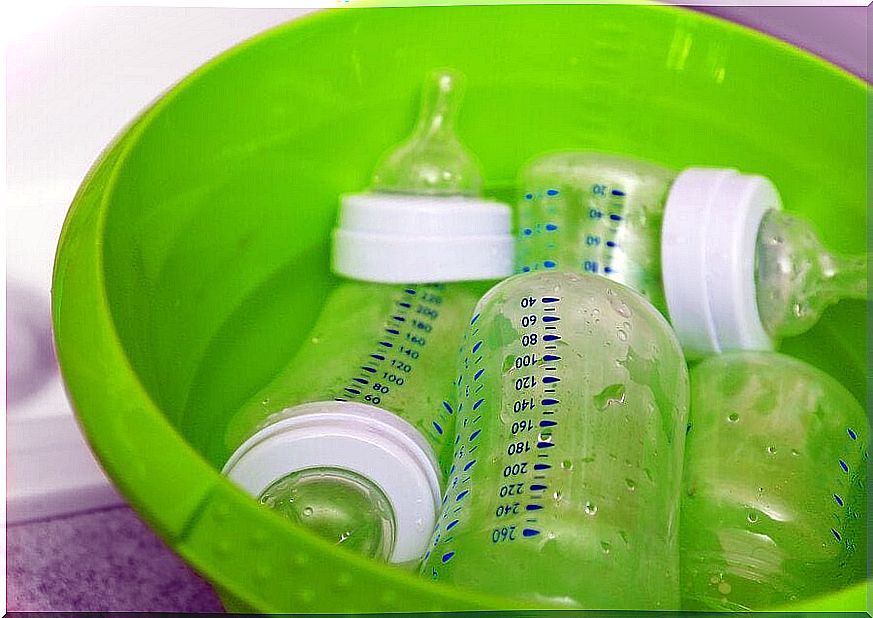
A newborn baby brings enormous joy for the parents, but also responsibility and a lot of work. One of the most important aspects is feeding, which also includes sterilizing baby bottles and pacifiers.
The World Health Organization points out the importance of breastfeeding in the first few months of life. Some mothers either do not want to or cannot breast-feed for certain reasons.
Once vials are used to feed the baby, it is very important to properly sterilize them.
Is it necessary to sterilize baby bottles?
The answer is yes, it is necessary to sterilize baby bottles. When babies are born, they do not have a fully developed immune system.
This means that they do not have the defenses necessary to avoid infection, vomiting, or diarrhea. That is why sterilizing baby bottles is very important.
There are many ways to sterilize used bottles and pacifiers. All are effective and vary based on needs and circumstances.
Before using these items, it is very important to wash your hands with soap and water. This way you can prevent the transmission of germs.
How can you sterilize vials?
We then briefly name the most frequently used methods:
1. Sterilization of baby bottles with boiling water
This is one of the most cost-effective methods and is available to anyone anytime. Just bring water to a boil and put the bottles, pacifiers, etc. in it.
While it’s the cheapest solution, it’s not the fastest.
With this traditional method, the parts should stay in the boiling water for about 20 minutes. Once the bottles are sterilized, they must be used immediately. Otherwise the sterilization effect is lost.
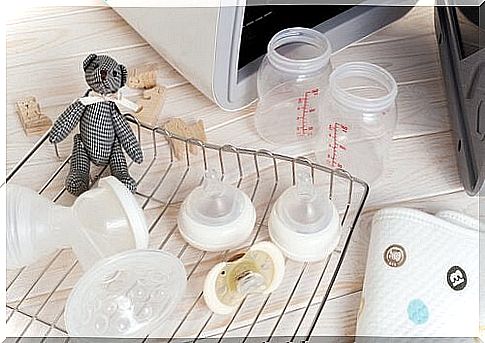
2. Electric steam sterilizer
There is a wide variety of sterilizers commercially available. Usually there is space for between four and six baby bottles. This is very useful as it allows you to disinfect multiple bottles at the same time.
The electric steam sterilizer is very easy to use. Just put the bottles in the device and click the start button. Once the sterilization is complete, the bottles can be stored in the same container in which they were sterilized.
3. Microwave bottle sterilizer
This device is practical and very popular. To use it, you need to wash the bottles, put them in the sterilizer, add the water, and then put them in the microwave.
It’s a simple and inexpensive product. This bottle sterilizer usually has a capacity of two to six baby bottles.
You can also use it to sterilize pacifiers and other baby items. It’s an inexpensive method, but it does require a microwave oven.
4. Chemical bottle sterilization
This method is also known as cold sterilizers. Dissolve a tablet in cold water to sterilize the water. The disadvantage of this method is that it takes a long time. The process takes between 30 and 60 minutes.
However, this device is easy to use and highly recommended for families who travel a lot. No electricity is required here, as the process is carried out with cold water.
5. Self-sterilizing bottles
This type of product comes in very handy when you don’t have the usual sterilization equipment. You just put water in it, then you put the bottle in the microwave and the bottle is sterilized.
This is an inexpensive option and very time-saving.
As you can see, sterilizing baby bottles is very easy.
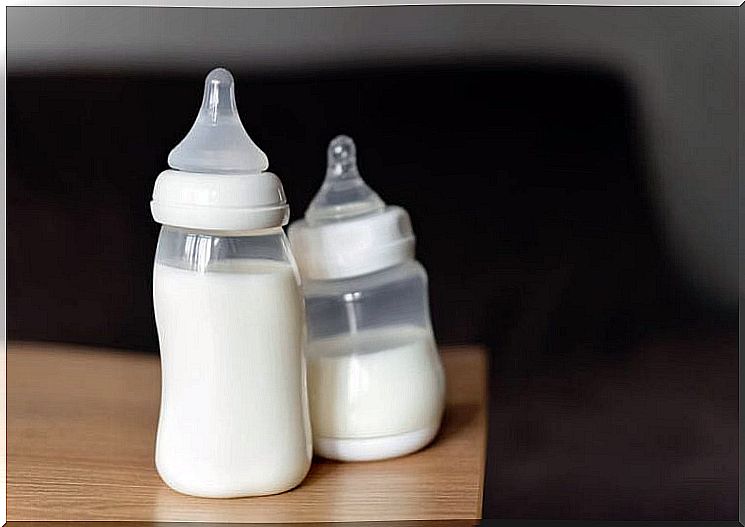
Tips for cleaning and storing the sterilizers
There must be no more water in the device after sterilization. Make sure the bottom is dry before you resterilize a bottle or pacifier.
Bacteria spread particularly quickly in a warm and humid environment!
After using the device, let it cool down and remove any water residue. You should thoroughly clean the sterilizer once a week .
Use alcohol for this. Don’t forget to clean all plastic parts as well as cables and plugs.
You can use a combination of water and white vinegar to clean the sterilizer once a month. Simply put the sterilizer into operation with this mixture.
Vinegar has a disinfectant effect. However, take into account the information in the instructions for use, because not every device can be cleaned with vinegar.
